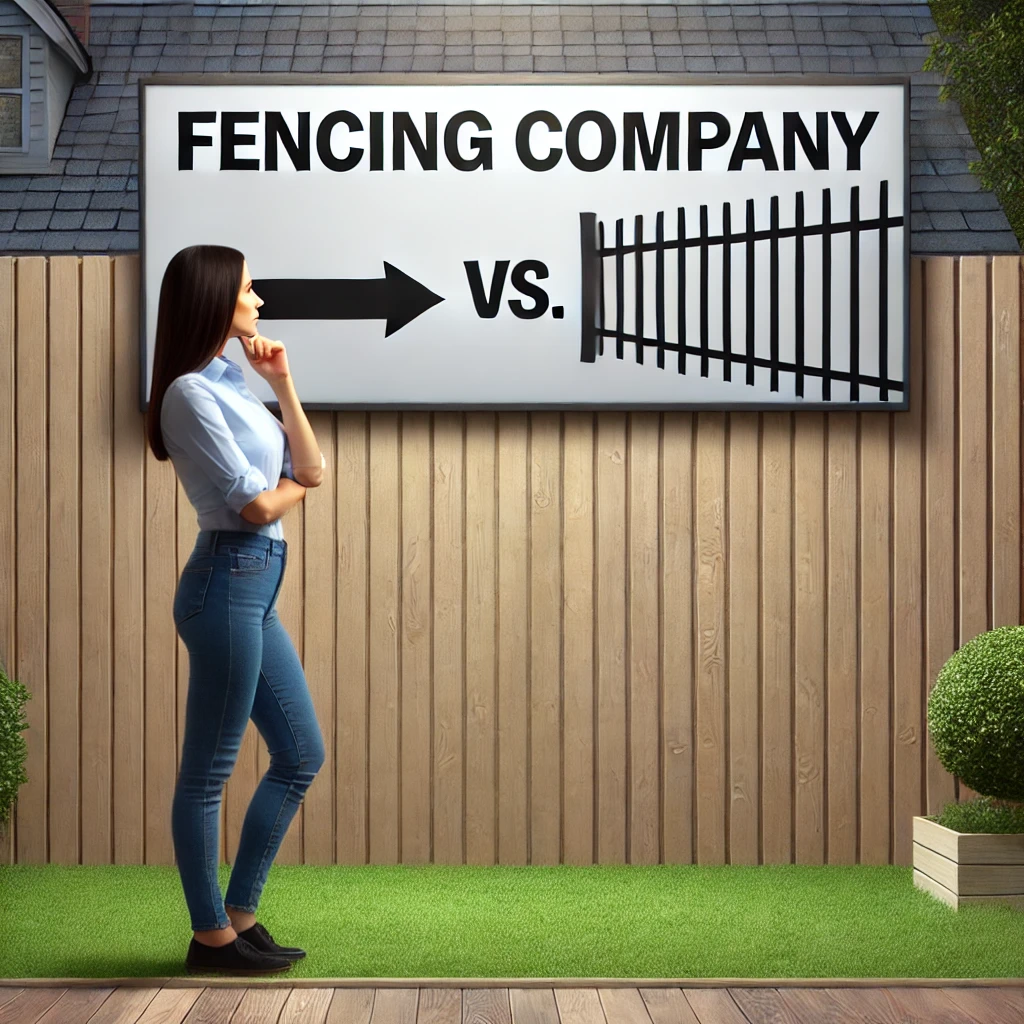When it comes to home improvements, fencing is often a critical component for enhancing privacy, security, and even the aesthetic appeal of your property. However, homeowners frequently grapple with the decision between choosing a cost-effective solution and investing in higher quality options. So, is going cheaper really the better choice when it comes to fencing installation? Let’s dive into the implications of opting for lower-cost fencing materials and labor.
Short-Term Savings vs. Long-Term Durability
The most apparent advantage of choosing cheaper fencing options is the immediate reduction in upfront costs. Materials like low-grade wood, vinyl, or certain metals can be significantly less expensive than their higher-quality counterparts. Moreover, hiring less experienced labor for installation can also cut down expenses. Initially, this might seem like a win; however, the long-term view often tells a different story.
Lower-cost materials typically don’t stand up well to the elements. Cheap wood may rot or warp quickly, especially in harsher climates. Similarly, low-quality metals might rust or bend, and inexpensive vinyl can crack under extreme temperatures or degrade from UV exposure. The result? You could end up replacing or repairing your fence much sooner than anticipated, which leads to higher overall costs.
Safety and Security Considerations
A fence’s primary role often revolves around security — keeping unwanted visitors out and pets or children safely enclosed. Cheaper fencing materials and shoddy installation can compromise this fundamental function. For instance, a weak fence can be easily damaged or climbed over, which defeats its purpose. The potential cost of dealing with theft or accidents due to a failing fence can far outweigh the savings from going with a cheaper option.
Aesthetic and Property Value Impact
Your fence is one of the first things people see when they look at your property. A well-made and attractive fence can enhance the curb appeal of your home, potentially increasing its market value. Conversely, a fence that looks cheap or becomes quickly dilapidated can detract from your home’s overall appearance and even lower property values in your neighborhood.
Maintenance and Upkeep
Another consideration is the ongoing maintenance required to keep your fence looking good and functioning well. Higher-quality materials like treated wood, powder-coated metals, or top-grade vinyl might cost more initially but typically require less maintenance over time. On the other hand, cheaper materials may need frequent repairs or treatments, adding to your long-term upkeep expenses.
Making the Right Choice
Deciding on the type of fencing and installation isn’t just about the initial costs; it’s about considering the total investment over the life of the fence. Opting for better materials and professional installation might be more costly upfront but can save money and hassle in the long run.
While it can be tempting to go for the least expensive option when installing a new fence, the risks often outweigh the initial savings. Cheaper can lead to increased future costs, compromised safety, and potential reductions in property value. Investing a bit more in quality materials and skilled installation can provide peace of mind and better financial sense over time. To help you make the best choices on your fencing project Contact AB Fencing today!




